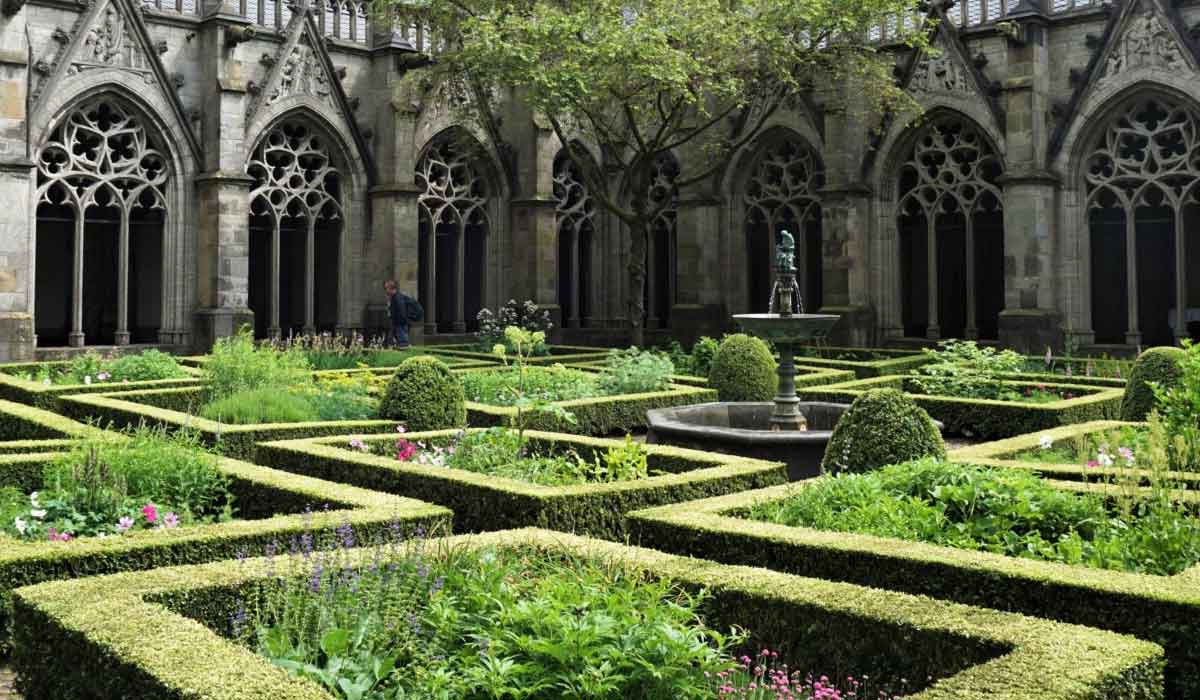
About
Traditional plant-based medicine still caters to a broad group of people. Alchemical and spagyric preparations, while rooted in ancient tradition, are also meaningful from a modern pharmaceutical-chemical viewpoints and for some are still consider to be the epitome of purification and concentration of the healing essence — the arcanum of the plant.
Traditional alchemical medicinal preparations draw upon either the Mineral, Plant or Animal Kingdom. The Plant Kingdom is seen both as the gateway to the Mineral Kingdom (in the preparation of menstrua) as well as the basis for countless valuable spagyric preparations. In 2008 the Botanic Gardens Conservation International (representing botanic gardens in 120 countries) warned that ‘400 medicinal plants are at risk of extinction, from over-collection and deforestation, threatening the discovery of future cures for disease.’ These included yew trees (the bark is used for cancer drugs); Hoodia gordonii (from Namibia, source of weight loss drugs); half of Magnolias (used as Chinese medicine for 5,000 years to fight cancer, dementia and heart disease); and Autumn crocus (for gout).
It is in this light that the Inner Garden Foundation, as one of the foremost custodians of the Alchemical Tradition focusses part of its efforts on the ex-situ conservation of medicinal plants and trees that have a central place in the domain of alchemy. This closely aligns with the first article in our Mission Statement, where the term ‘source material’ refers to both plant resources themselves as well as data describing alchemical procedures:
Mission StatementThe Alchemy Archive aims to be a repository of valuable source material on Alchemy with the purpose to preserve this knowledge for future generations and as a basis for present ongoing research. |
Above listed excerpt from our mission statement closely aligns with the three primary aims of the Foundation as set down in art. 2 of the AoA, 2010:
The Foundation’s object shall be:
|
Inner Garden believes that custodianship of the alchemical tradition is inseparably connected to nature and a care for life in all its diversity. This underlines the importance of our efforts in the conservation of medicinal herbs and trees.

Seed Bank
The site of the Millennium Seed Bank states the following: ‘With around one in five plant species estimated to be threatened with extinction worldwide, seed banks are a cost-effective means of long-term ex-situ plant conservation.’ Like the MSB and the Global Seed Vault in Svalbard, The Inner Garden collections of seeds are dried and frozen, thus providing a insurance against the species’ extinction in the wild.
Inner Garden is a small Niche player when it comes to the preservation of seeds. However, our focus on plants with a particular alchemical relevance is unique (a number of the species preserved are at this time not yet present in the Global Seed Bank) and it is in this particular domain that we believe our collection to be invaluable collections. The collections are curated to a high standard, to achieve and maintain high collection quality, which is essential for maximising the usability of the collections for research, re-introduction and restoration. The FAO Genebank Standards for Plant Genetic Resources for Food and Agriculture is followed and the seeds are labelled with a QR code containing the MCPD V.2.1 passport, with EPPO codes to sort the accessions.
The provenance of some seeds is of special interest to the alchemical community.
[...]
Enclosed are seeds of Melissa Off., which we intend as a ‘living’ linkage to the Egregore of Frater Albertus and his Paracelsus College; we image that you will find some pleasure in having these delightful beings in your garden.
We have not introduced other specimens of Melissa into our gardens, and so these seeds carry the genetics of the plants we worked with during the ‘Last Prima’ class in 1984 [ i.e., non-GMO].
[...]
Botanic Garden
Whether it be the botanic Garden, the Hermetic Garden of the laboratory alchemist, or the Higher Garden of the inner alchemical work, the garden is seen as a sanctum for students of alchemy. It is not without reason that our most sacred initiations take place in a garden, preferably one abounding in medicinal herbs. Our annual report of 2015, for example, contains a few impressions of an initiation that took place in the old botanical garden pictured here:

Practically all members of Inner Garden — affectionately called Gardeners — keep a dedicated medicinal herb garden. At the headquarters of Inner Garden both a botanical garden and a seed bank is kept for the ex-situ conservation and multiplication of plants with a particular alchemical significance or history (see above).
Arboretum
P.M.
Links
- WIEWS - World Information and Early Warning System on Plant Genetic Resources for Food and Agriculture
(WIEWS code of Inner Garden is NLD164) - Svalbard Global Seed Vault
- CGN (Seed Bank located in the Netherlands)
- Botanic Gardens Conservation International
- Millenium Seed Bank at Kew and Wakehurst.